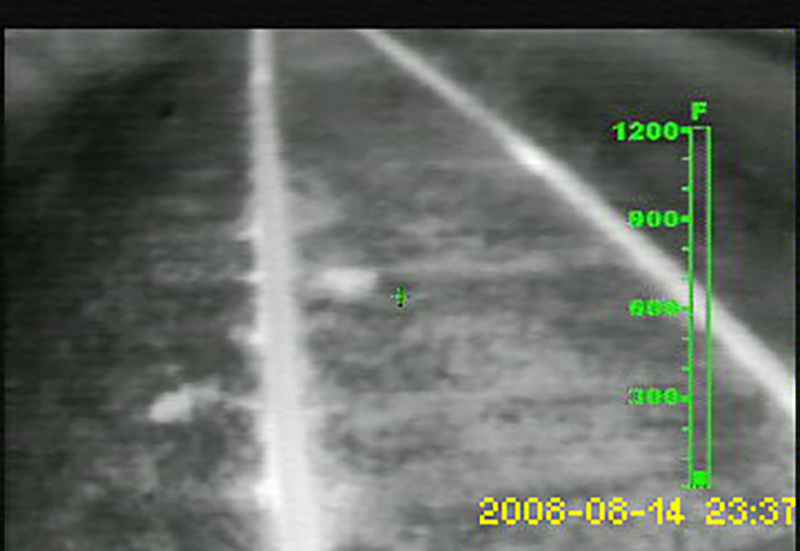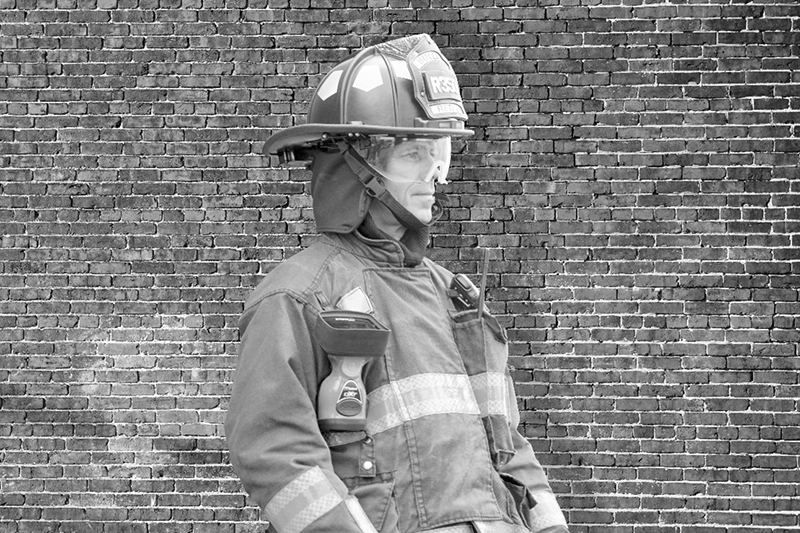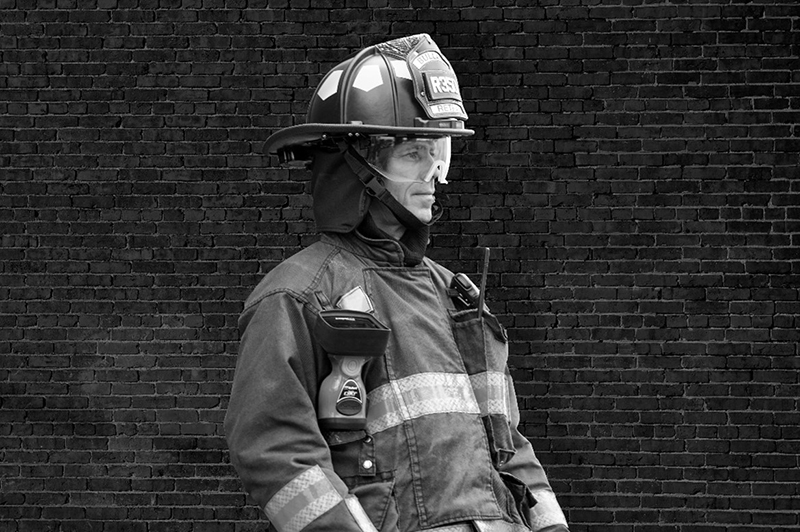
Infrared (IR) energy, also known as heat radiation, is a type of electromagnetic radiation that is invisible to the human eye but can be felt as heat. In firefighting, understanding IR energy is crucial, as it plays a significant role in fire behavior and suppression.
One of the primary sources of IR energy in firefighting is solar loading, which refers to the absorption of solar radiation by the building materials on the exterior of a structure. This influx of heat energy can significantly increase the challenges for firefighters when conducting their 360 for size-up.
Today, the use of thermal imaging technology is readily accepted in the fire service as a lifesaving tool that protects firefighters from unseen dangers. Starting with some of the basic understandings helps teach firefighters how to interpret what this lifesaving tool is telling them so they stay safe at a fire scene.
IR ENERGY AND SOLAR LOADING
National Fire Protection Association (NFPA) 1408, Standard for Training Fire Service Personnel in the Operation, Care, Use, and Maintenance of Thermal Imagers, Section 3.3.3, defines emissivity as the ratio of the radiation emitted by a surface to the radiation emitted by a blackbody at the same temperature.
To get more technical, emissivity (E) is a measure of a material’s ability to absorb and emit IR energy. Conversely, reflectance (R) is a measure of a material’s ability to reflect IR energy. Good reflectors are not good emitters and vice versa. Good reflectors appear to be the same temperature as their surroundings. Emissivity and reflectance values range from 0 to 1, but in general, we only refer to a material’s emissivity value. High emissivity values (i.e. close to 1) indicate that a material emits IR much more than it reflects it. See Chart 1 for examples.

Railroad tracks (photo 1), for example, that are active will have a low emissivity value as they would be shiny and therefore would not retain much heat from the sun. To simplify this, look in your firehouse kitchen at a cast iron frying pan and a shiny stainless steel pot. Which has the higher and which has the lower emissivity?

1 Oxidized railroad tracks with high emissivity value. (Photos courtesy of Bullard.)
The next term is solar loading. As the sun shines during the day, objects absorb and reradiate IR energy, usually resulting in a rise in an object’s temperature. After the sun sets, this temperature rise reverses as the absorbed energy reradiates, and the object cools. The amount of energy absorbed during the day is proportional to the emissivity of the object. Remember, good emitters are also good absorbers and vice versa. As a result, better thermal contrasts usually occur several hours after sunset. For example, at midday (photo 2), a firefighter may blend in with the background because his apparent body temperature is nearly the same as the brick wall behind him.

2 A firefighter blending into the wall at the same temperature.
Photo 3 shows what happens to the image of the firefighter at sunset. The firefighter appears much darker than the brick wall behind him.

3 A firefighter darker than the wall because of a different temperature.
Four hours after nightfall, this same brick wall will have radiated much of its loading and will appear cooler than the person standing in front of the wall. Photo 4 shows how the firefighter clearly stands out from the wall, which now appears very dark.

4 This firefighter is much warmer than the much cooler wall.
PUTTING THIS ALL TOGETHER AS A FIREFIGHTER
So, what does this all mean to a firefighter using a thermal imager (TI) during initial size-up? We need to remember the definitions of emissivity and solar loading to understand how the TI interprets images. For instance, your TI shows you a white roof on your initial scan. Remember, anything coming out of a mixer such as concrete or asphalt will have a high emissivity value, including roof shingles that are asphalt. But, consider all the other types of roofing materials that are used today—i.e., shingles, clay tiles, cedar shakes, and steel, which all have different emissivity values.
Before you can decide what your TI is showing you, you must consider the following variables: the time of day, the angle of the direction of the sun, and the other buildings that provide shade to the roof. Is there an actual fire in the attic of the structure or is it solar loading?
Other applications where emissivity and solar loading apply include search and rescue for a missing person and motor vehicle accidents where the driver or passengers may have been ejected from a vehicle. Always remember that TIs generate video images based on differences in temperature of the viewed scene.
A simple exercise to give you a better understanding of solar loading and its effects on different building construction materials is to conduct a 360° size-up of your firehouse three times in a day—first, on a sunny day right after breakfast; second, right after lunch; and third, right after dinner. You will see that you get three different emissivity readings.
Understanding the role of IR energy and its impact on firefighting operations is essential for fire service personnel to effectively manage and mitigate fire incidents. By recognizing the signs of solar loading and anticipating its effects, firefighters can adopt appropriate strategies and tactics to address the challenges posed by increased heat energy and ensure their safety and the safety of others.
MANFRED KIHN is a 19-year veteran of the fire service, having served as an ambulance officer, emergency services specialist, firefighter, captain, and fire chief. He has been a member of Bullard’s Emergency Responder team since 2005 and is the company’s fire training specialist for thermal imaging technology. He is certified through the Law Enforcement Thermographers’ Association (LETA) as a thermal imaging instructor and is a recipient of the Ontario Medal for Firefighters Bravery. If you have questions about thermal imaging, email him at Manfred_kihn@bullard.com.

